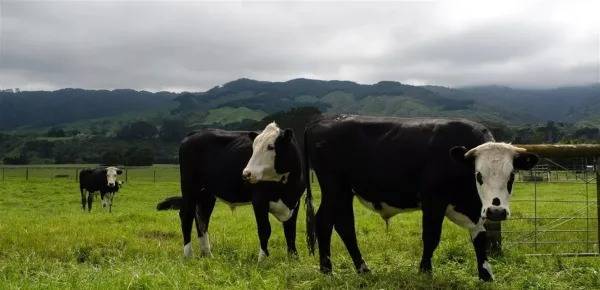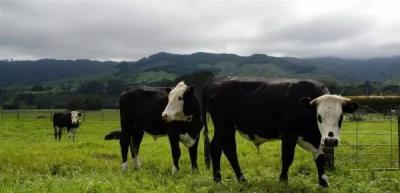Last year, the bird flu virus transitioned to mammals, which was not a major concern for scientists. However, the virus transferring from birds to cows raises alarms due to human interactions with them and the consumption of their milk and meat.
Sima Lakdawalla, a virologist and influenza transmission specialist at Emory University, expressed her concerns regarding its danger to humans, stating, "I am more worried than I was before. This isn't about the general public but dairy workers." People on dairy farms regularly interact with cows and their milk, and when a virus capable of causing illness in humans emerges and continuously evolves, each of these interactions provides an opportunity for the virus to enhance its adaptability.
So far, the outbreak of the bird flu virus among cattle in 34 dairy farms across nine US states has resulted in only one very mild human infection. However, it is likely that the virus had been spreading among cows for several months before being detected. Lakdawalla's greatest concern is that this highly mutable virus has now reached a critical point of closeness between humans and animals in terms of transmission and interaction, and that humans are unprepared for this.
Lakdawalla explains that for the virus to cause a pandemic among humans, it must possess three critical characteristics, as noted by influenza experts:
• It must be able to infect humans.
• It must be something our immune systems have never encountered before.
• It must spread easily among humans, especially through the air.
Recent events have not proven that H5N1, the known bird flu, has developed new abilities in any of these categories. However, they suggest that the virus possesses the mechanisms necessary to develop those abilities and might do so before we are aware of it.
In dairy cows, the bird flu virus has found an excellent environment for developing dangerous traits for humans. Although Lakdawalla was not concerned when minks, seals, and other mammals contracted the virus last year and the year before, cows are different. An outbreak of the disease among "mammals with significant interaction with humans" is a red flag for her.
The bird flu virus has special capabilities. While all viruses routinely mutate, influenza viruses are particularly adept at changing form and can even swap entire segments of genetic material with other influenza viruses if the animal is infected with more than one. These mutations occur randomly, and most do not make the viruses more dangerous to humans. However, it is entirely realistic to imagine that some of them do occasionally.
If a mutation threatening humans occurred sporadically, like the case of the influenza virus that infected a wild fox, it does not pose a significant pandemic risk because very few wild foxes interact with humans. However, if this happens in a cow, there are much greater opportunities for the virus to effectively develop its new features.
People working on dairy farms constantly interact with cows and their milk, carrying out tasks such as checking udders, connecting and disconnecting milking machines, and performing other animal care duties, thereby putting them in close contact with any virus infecting the cows.
If the virus doesn't infect or kill humans or fails to mutate and adapt easily like influenza, it might not be a concern. Nonetheless, the bird flu virus does infect people in close proximity to animals, and at least half of the people infected with the virus since its emergence in 1996, which exceeds 900, have died.
The influenza transmission specialist at Emory University states, "There is a high concentration of the virus in the milk of these infected cows, so this raises my concern regarding the transmission from cows to workers." The more the virus attempts to spread, the greater the likelihood of adapting to humans.
She emphasizes that it is not a pandemic at this time, but it is essential to work on reducing the chances of indirect events.




